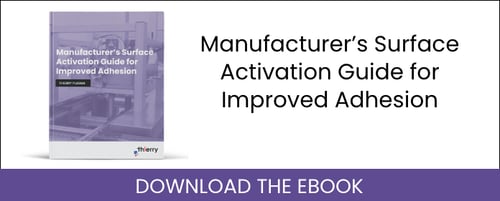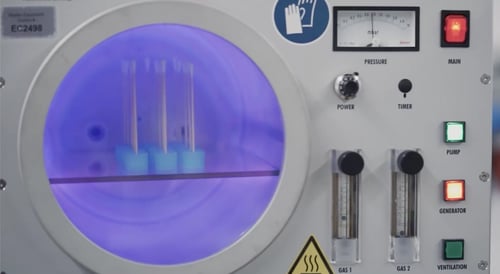One of the applications of plasma technology is the surface coating of substrates to improve or optimize performance in the applications for which they are intended. By selecting the right treatment medium, it is possible to obtain hydrophilic or hydrophobic coatings on a substrate, as well as coatings with other properties, such as anti-reflective; insulating or conductive, and wear-resistance. Depending on various factors, among which are the nature of the substrate and the type of coating you want, you can opt for physical vapor deposition (PVD) or plasma-enhanced chemical vapor deposition (PECVD). Thierry offers advice to its clients when choosing the plasma system that best fits their needs – then helps adapt a customized process for optimal results.
Applications of PECVD Systems
PECVD systems have many applications. Some examples of types of coatings applied by PECVD in different areas are: (1) insulating or conductive semiconductor coatings in electronics, (2) barrier coatings against moisture or certain chemicals in bottling and manufacturing packaging, (3) anti-reflective or scratch-resistant coatings in optics (4) coatings resistant to wear, corrosion, friction and high temperatures in mechanical engineering, and (5) photosensitive coatings in microelectronics.
These examples illustrate the variety of coatings with special characteristics that may be applied by PECVD. But not only that; with this method the deposition rates are high and operating temperatures are considerably lower than the thermally activated CVD, making it the best choice when working with thermally sensitive substrates. Furthermore, as it is generally operated at reduced pressures, this method also offers a more uniform coating, even on three-dimensional workpieces.

